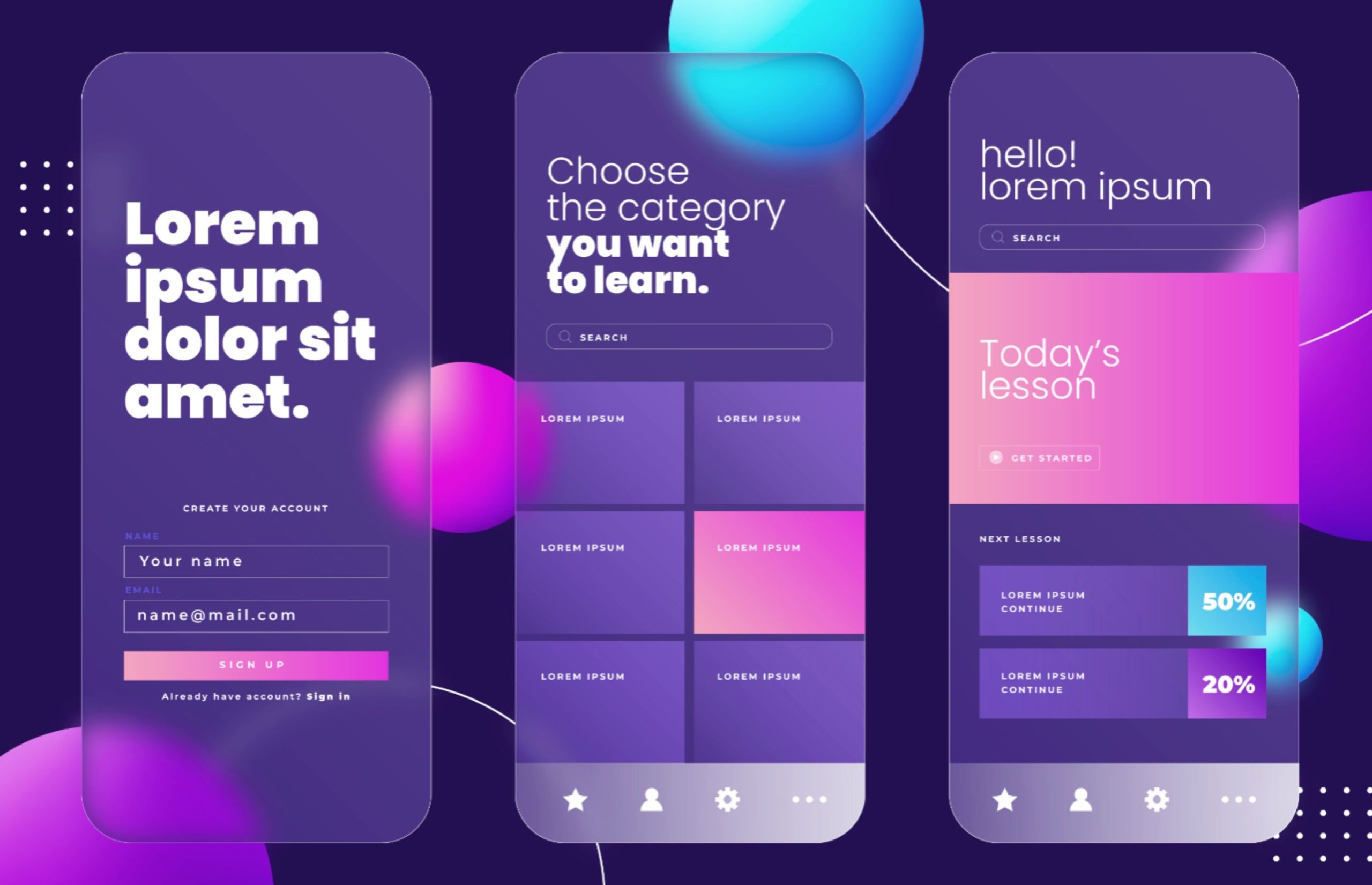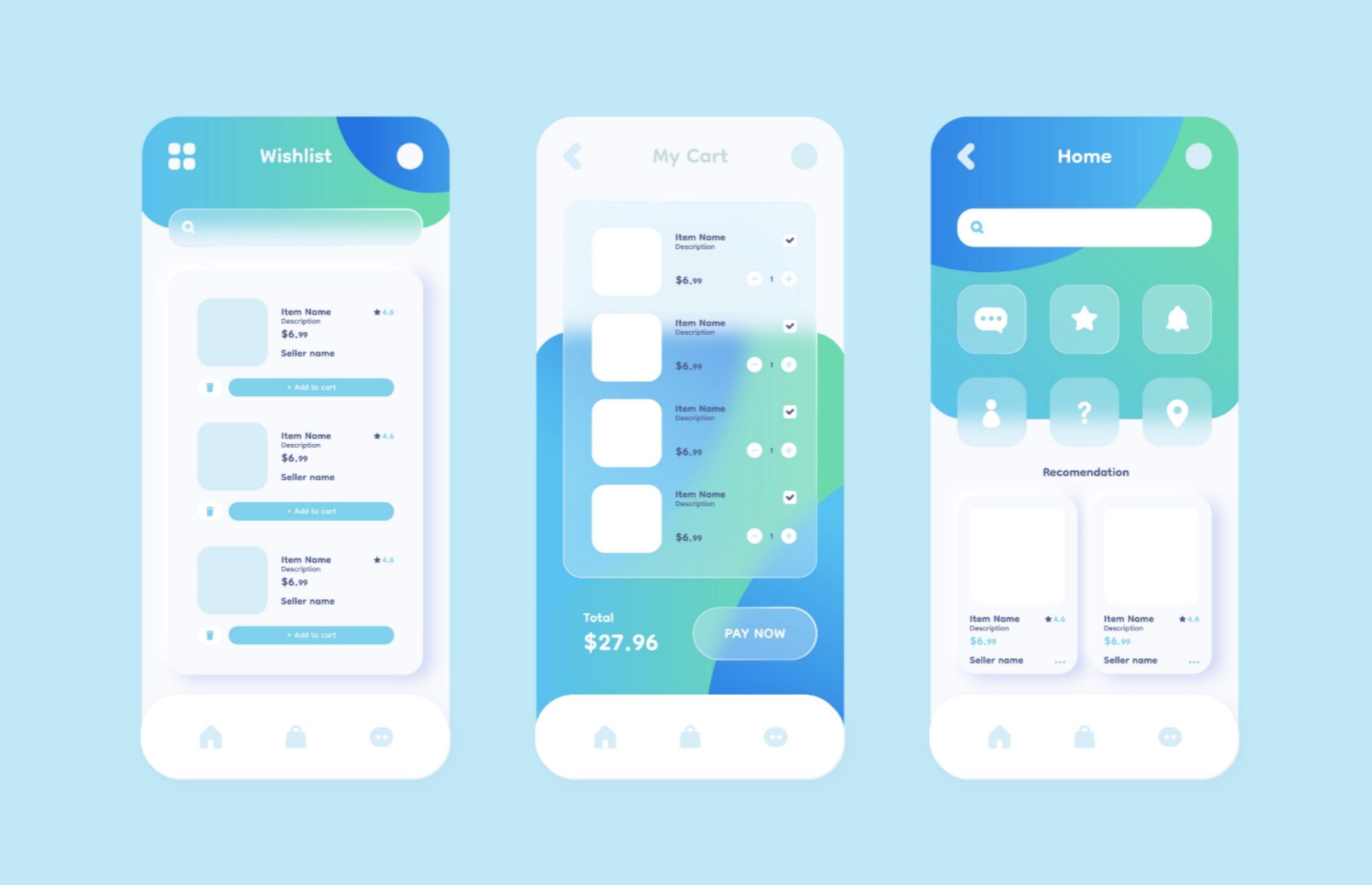In today’s digital landscape, when competition is tough and attention spans are short, user-centric design has become an essential component of developing successful digital products. User Experience (UX) design focuses on creating seamless and engaging experiences for users while taking into account their wants, preferences, and goals. This article discusses the importance of user-centric design and emphasizes the important components of the UX design process, such as user research, wireframing, prototyping, and usability testing.
1. Understanding User-Centric Design
Defining User-Centric Design
- User-centric design prioritizes the user’s wants and preferences throughout the design process.
- It seeks to build products that are user-friendly, accessible, and valuable.
The Benefits of User-Centric Design
- Enhanced user satisfaction: User-centric design promotes user satisfaction and engagement by catering to user needs, expectations, and preferences.
- Improved conversion rates: User-centric design encourages users to convert and take desired actions by offering seamless and intuitive experiences.
- Increased consumer loyalty: Users are more likely to develop loyalty to a brand or product when they have a favorable experience.
- Reduced development costs: Understanding user needs early in the development process helps to avoid costly redesigns and enhancements later in the process.
2. User Research: The Foundation of UX Design
Defining User Research
- User research entails obtaining information and insights about the target audience in order to inform design decisions.
- It assists designers in comprehending user behaviors, motives, objectives, and pain points.
Methods of User Research
Surveys and interviews: Obtaining qualitative data through organized surveys and interviews allows for greater understanding of user preferences, opinions, and expectations.
Personas: Using demographic and psychographic data to create user personas allows designers to empathize with diverse user segments and design accordingly.
User Testing: Observing users interacting with prototypes or existing products provides valuable feedback for identifying usability issues and areas for improvement.
Analytics: Using website analytics technologies to analyze user behavior can provide quantifiable data on user interactions, assisting in the identification of patterns and areas for optimization.

3. Wireframing: Visualizing the User Experience
Defining Wireframing
- Wireframing is the practice of producing basic visual representations of the user interface (UI) without focusing on visual design components.
- It defines the product’s structure, layout, and functioning.
Benefits of Wireframing
- Conceptual clarity: Wireframes assist express the overall structure and flow of the product, ensuring that designers and stakeholders are on the same page.
- Iteration efficiency: Because wireframes are less time-consuming to generate and alter than high-fidelity designs, they enable for quick and cost-effective iterations.
- Focus on functionality: By prioritizing functionality over visual aesthetics, wireframes ensure that usability and user demands are prioritized during the early design stages.
4. Prototyping: Bringing the Design to Life
Defining Prototyping
- Making interactive and clickable mockups of the product design is what prototyping entails.
- It enables designers to test and confirm their concepts before to devoting major resources to development.
The Benefits of Prototyping
- Prototypes allow designers to obtain user feedback, discover pain points, and modify designs based on real-world user interactions.
- Iterative design: Rapid prototyping allows designers to iteratively develop their designs based on user feedback and usability testing.
- Collaboration and communication: Prototypes provide a concrete medium for designers, developers, and stakeholders to debate and align their vision, resulting in improved collaboration and fewer misunderstandings.

Types of Prototypes
- Low-fidelity prototypes: These are simple, rudimentary representations of the product design that concentrate on functionality and user flow.
- Medium-fidelity prototypes: These prototypes have additional visual and interactive components, allowing for more accurate user feedback and testing.
- High-fidelity prototypes: These prototypes have detailed visual design and interaction features that closely mirror the final product.
5. Usability Testing: Ensuring a Seamless Experience
Defining Usability Testing
- Usability testing is watching consumers interact with the product in order to find usability flaws and opportunities for improvement.
- Its goal is to make the product intuitive, accessible, and user-friendly.
Methods of Usability Testing
- Moderated testing: An observer guides the user through a series of tasks while gathering comments and observations during moderated testing.
- Unmoderated testing: Involves individuals trying the product independently and offering feedback via surveys or questionnaires.
- Remote testing: This involves conducting usability testing via video conference or screen sharing tools.
The Benefits of Usability Testing
- Identification of usability issues: Usability testing aids in the identification of usability issues such as navigation challenges, confusing interface elements, or errors.
- Validation of design decisions: Usability testing validates design decisions by providing insights into user behavior and preferences.
- Iterative improvements: Usability testing allows an iterative design process in which designers can make improvements based on user feedback.
Conclusion
Putting the User at the Center of Design
User-centric design is critical for developing digital products that are entertaining, intuitive, and useful to users. Designers may ensure that their products fulfill user needs and expectations by prioritizing user research, wireframing, prototyping, and usability testing. A comprehensive understanding of user behavior, preferences, and goals is required for successful UX design, as is an iterative design approach that allows for continual improvement based on user feedback. Finally, by placing the user at the heart of design, digital products can achieve higher levels of user pleasure, conversion rates, and customer loyalty, ultimately leading to corporate success.


